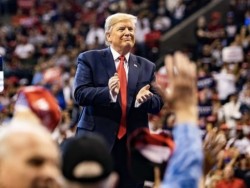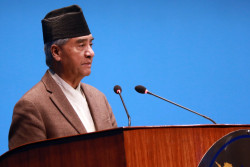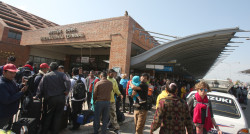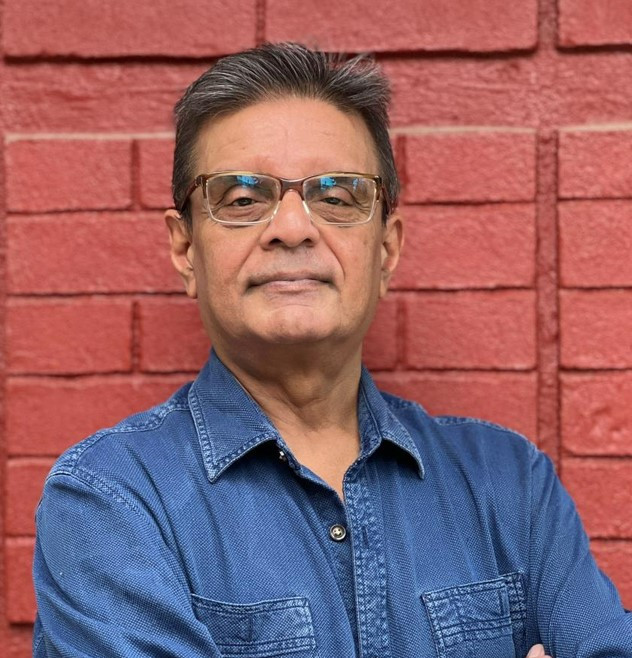Opinion
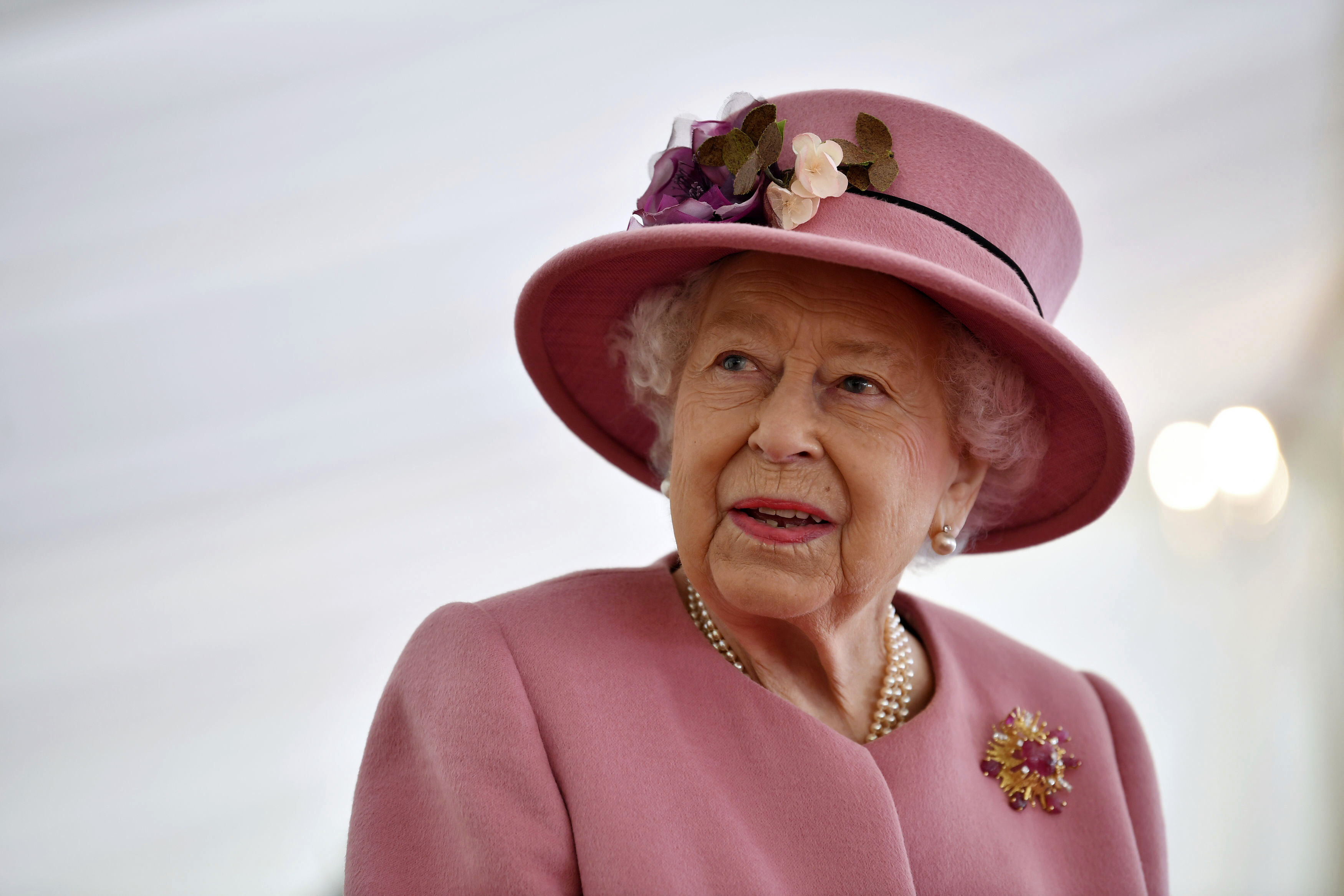
Demographers describe one generation as 30 years of human life. In those terms Queen Elizabeth II’s reign spanned nearly 2.5 generations. That is a long, long time for any one world leader to witness, influence and shape domestic and international affairs. But, because Queen Elizabeth deliberately steered herself clear from everyday UK politics to position the British monarchy in the emergent Pax Britannica world order, she indelibly stamped her image on the world as a global stateswoman.
I first heard of the Queen’s passing from someone as young as to personify the latter 0.5 generation of her reign. Yet, the news was conveyed with profound sadness. That alone was testament to the Queen’s powerful presence and her enduring influence across generations. That is an achievement by any measure.
Queen Elizabeth saw 15 British prime ministers come and go, from Sir Winston Churchill in 1952 to Liz Truss on September 5, 2022. If, like me, you too are addicted to the Netflix series ‘The Crown’, you get a general sense of how these relationships are placed in the course of history. Understandably, Buckingham Palace coyly rejects certain details in the narrative, only to thicken the plot in royal tradition.
Nevertheless, growing up here in Nepal, the ‘Queen of England’ represented the greatest office anywhere – far bigger than the White House. Although we were never colonized territorially, soft British power and socio-cultural sensibilities thoroughly pervaded our lives.
The Queen visited Nepal twice, first in 1961 and again in 1986.
Her first visit, at King Mahendra’s invitation, was to impact me the most, for it was to lead to the establishment of Budhanilkantha School where I was fortunate to enroll as a first-batcher in 1972. The year 2022 also marks 50 years of my alma mater.
When I developed a taste for stamp collecting in middle school, the rarest finds were defective ER (Elizabeth-Regina) prints. In my high school rock band we practiced Beatles, Rolling Stones and Deep Purple riffs – many whose lyrics ridiculed the British monarchy.
As I pursued a career in journalism, my ideal was The Economist ‘newspaper’, which in reality was always a ‘magazine’. But I could never contest the terminology because I felt the Brits knew best. In an Edinburgh bar during my first trip to the UK, I was chided for overly watering down my 60 cl of Famous Grouse to the point of embarrassment.
When I moved to broadcasting, obviously the BBC was the default standard-bearer. Meanwhile, in the great Gurkha tradition, when many of my school-chums joined the British Army stationed in Hong Kong, we raised many pints in celebration. And during my long career in development at the World Bank, my colleagues and I were always keen to understand and align with the UK position – we were joined at the hips.
For a monarch who reigned for 70+ years, Queen Elizabeth II would have seen and experienced so much. Caught unprepared for the job in the ashes of World War II she presided over a crumbling empire, yet readily empathised with the spirit of independence brewing across her colonies.
Letting go would never be easy. But she shepherded aspiring self-rule across Africa, Asia and so much more. The outcome was often tumultuous. But she still counseled restraint to her government and to her nation’s allies. The UK’s honourable surrender of dominions is the legacy the world owes to Queen Elizabeth II and the soft powers she summoned so ably and for so long.
Also Read: PM Deuba, other Nepalis pay tribute to Queen Elizabeth II
Watch video: History: Queen Elizabeth II's 1961 visit to Nepal
